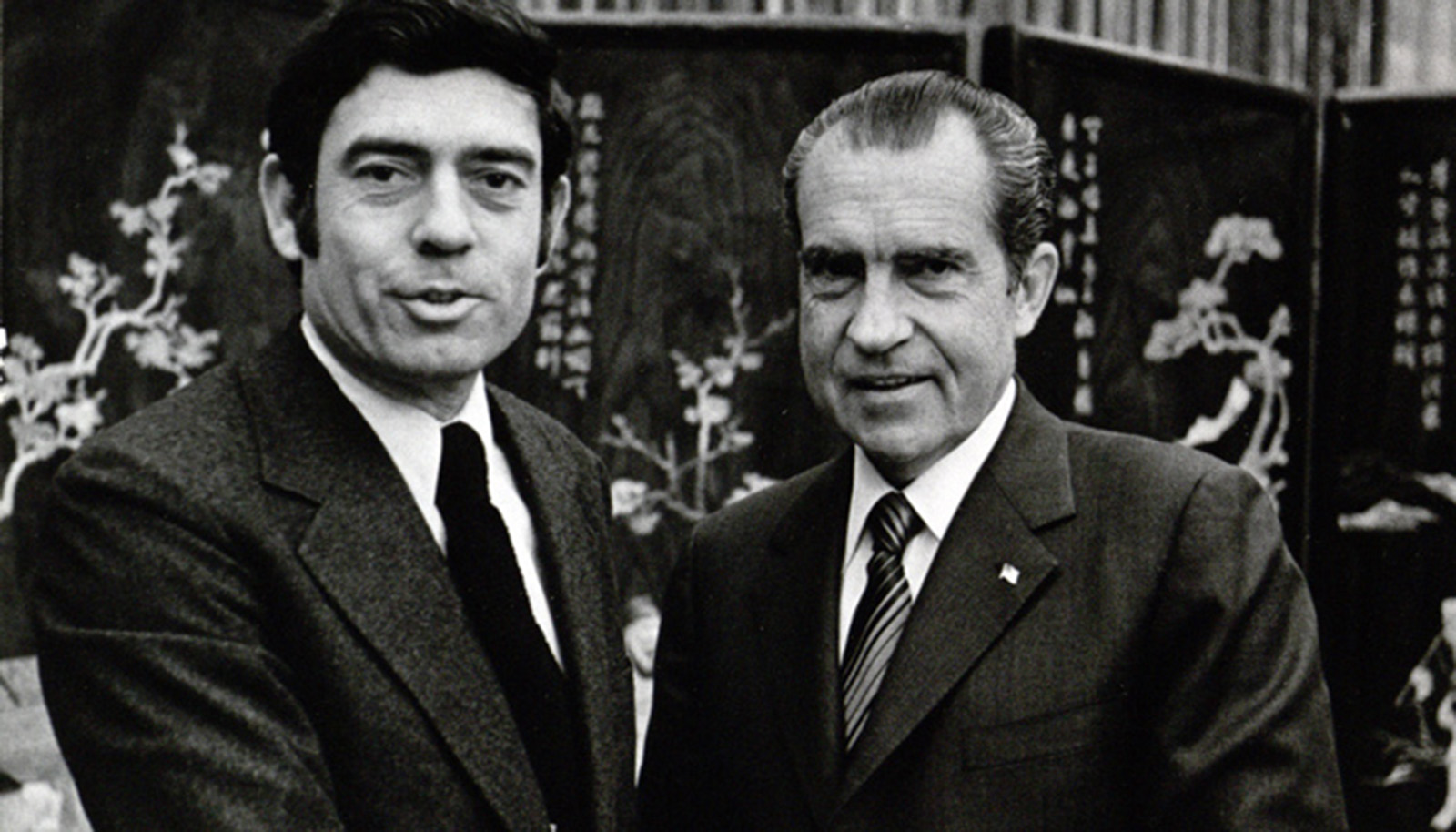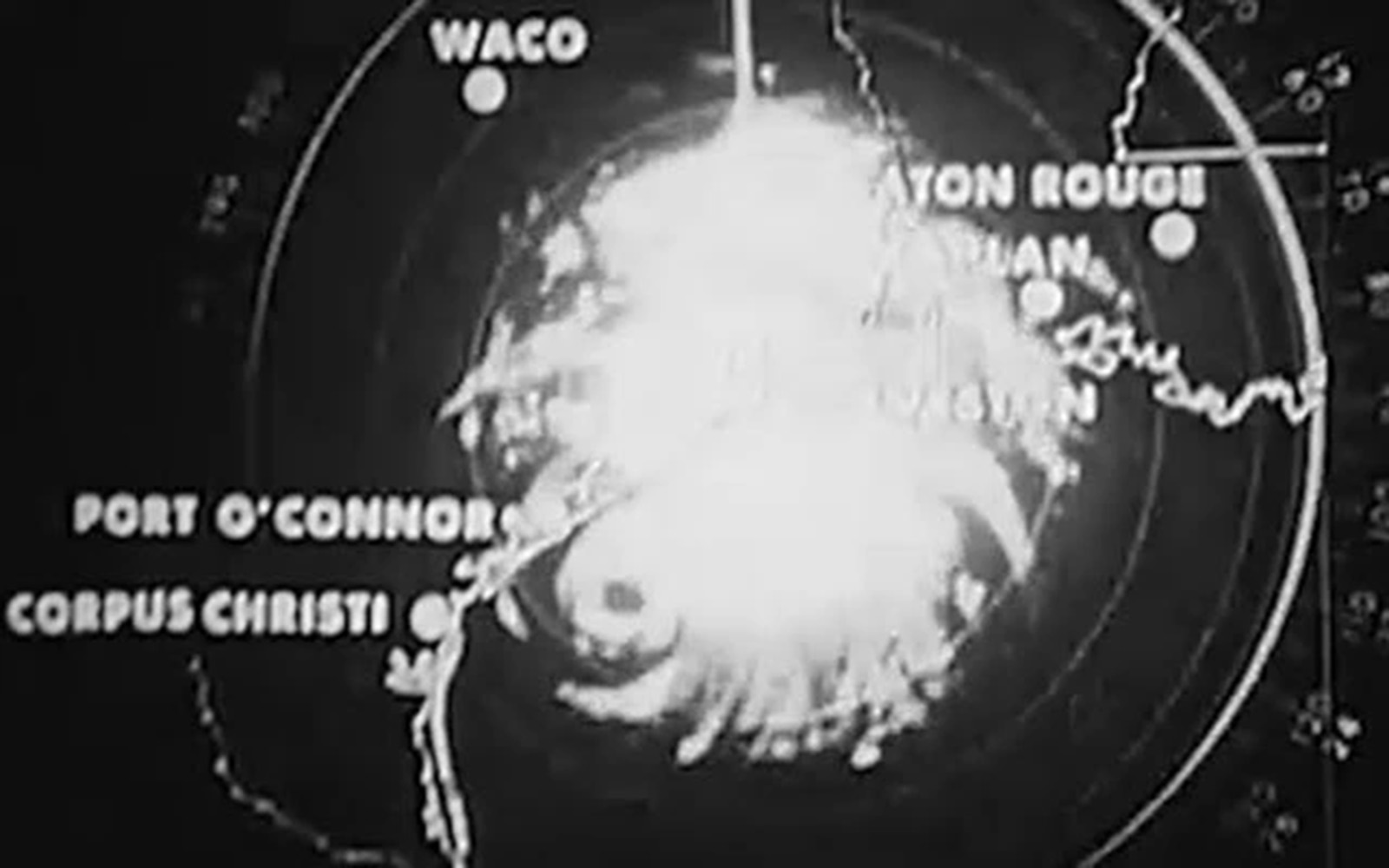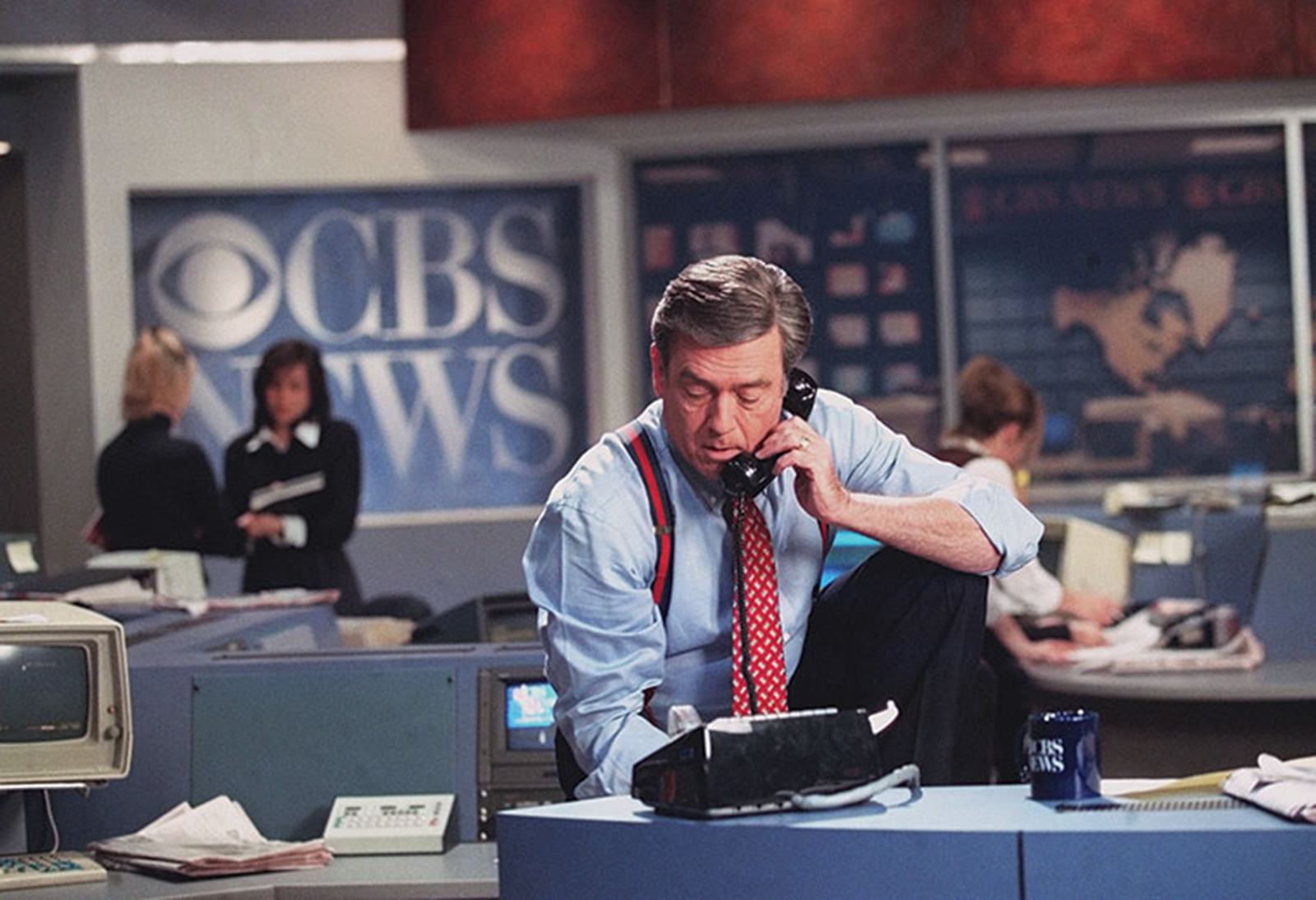How Hurricane Dan Rather became the True Superhero of News Broadcasting
One of the most enduring tropes of superhero fiction is that of the fearless journalist, best embodied by Clark Kent, Lois Lane, and their editor-in-chief at the Daily Planet, Perry White. Dan Rather grew up listening to the reporters who inspired those tropes and throughout his extraordinary career he has done much to reinforce them. Along the way, he’s highlighted injustices, covered conspiracies, and even saved countless lives; a truly Superheroic career at the forefront of American news.

Making every minute count
Dan was born in Texas in 1931, to poor working parents. His father dug ditches for oil pipelines, and in the early years of Dan’s life the family went where the pipes went. They eventually settled in Houston where Dan’s father trained to become an electrician while his son attended the local public schools. Neither of Rather’s parents had finished high school - a common enough circumstance in the 1930s - but both were voracious consumers of newspapers and highly politically aware. From an early age, Dan came to the conclusion that newspapers were important and his ambition in life was to become a reporter.
"The brand new social experience where you activate your gaming skills as you train like a spy."
- TimeOut
Take on thrilling, high-energy espionage challenges across different game zones.

Sadly, Dan became severely ill when he was 11 years old. It took some time for doctors to diagnose his condition; they eventually determined that he had contracted rheumatic fever, a potentially life-threatening disease with no known cure at the time. Doctors advised that to prevent the fever spreading, Dan should be confined to bed. This period closely coincided with the US entering WWII, and Dan spent the next few years listening to the radio coverage of the war, becoming obsessed with the pioneering work of early news broadcasters such as Edward R. Murrow, Charles Collingwood and Eric Sevareid, heroes who he was determined to emulate. As Rather later said, he promised himself, “If I ever get up from this bed, I’m going to make every minute count.”

Dan eventually recovered, and went on to obtain a degree in journalism while also making his first foray into the world of broadcast media, working throughout his college years as a baseball announcer for the local radio station. This provided him with a huge amount of experience of live broadcasting, which he has credited as one of the most important aspects of his journalistic education, giving him the ability to ad-lib confidently on air. Rather loved baseball but his ambitions lay with newspapers. After graduating, he applied to join the Houston Chronicle as a reporter. Fatefully, they rejected him because he was - by his own admission - “a remarkably poor speller”. Instead, the Chronicle advised him to pursue a career in radio journalism and this was the start of an extraordinary life in broadcasting.
The legend of Hurricane Dan
Dan Rather quickly made the leap from radio to the new world of television journalism, joining a small Houston channel, KHOU, in 1960. It was here that he got his first big break as a journalist, albeit one that came from a highly unusual source: weather reporting.
Rather had grown up in what was referred to in Texas as ‘Hurricane Country’, and his childhood was steeped in what he termed the “history, mystery, and lore of hurricanes”. Rather’s grandmother had told him “being in the middle of a hurricane is about as close as you will get to God”, and she had lived through the deadliest hurricane in the history of the US, the Galveston Hurricane of 1900 which killed more than 6,000 people. When Hurricane Carla - one of the largest tropical storms in US history - arrived off the coast of Galveston in 1961, Rather used all the tools at his disposal to alert Texans to the impending danger. Meteorology had come a long way since 1900, and Galveston now had a state-of-the-art radar station; Rather hit on the idea of superimposing a scale map of Texas over live radar images of the approaching storm, ably illustrating the enormous threat posed by Carla. Rather’s broadcasts were a huge factor in persuading over half a million people to evacuate the area, the largest evacuation in US history at that time. Countless lives were saved; just three years earlier, the substantially smaller Hurricane Audrey had killed 416 people in Louisiana and Texas, but Clara claimed just 46 lives in total, despite causing unprecedented property damage.

The eye of the storm
Rather’s coverage of Clara brought him national notoriety, with a story even spreading that he had chained himself to a tree in order to get better live footage from the eye of the storm. (This did not in fact happen; they rehearsed the idea but it proved impractical due to thousands of snakes flooding the area, seeking high ground.) Nonetheless, the legend of Hurricane Dan spread, and within a year Rather had secured a position for himself as a national reporter at arguably the most prestigious news organization of all, CBS News. He would almost immediately find himself at the center of one of the biggest news stories of all time.
On November 22, 1963, Rather was in Dallas preparing to report on the visit of President John F. Kennedy, waiting on the President’s motorcade to appear at an overpass just a few hundred yards from Dealey Plaza. Despite being so close to the assassination, Rather was unaware that anything untoward had happened until he saw the commotion caused by the shooting some minutes later. Despite this bad fortune, his journalistic instincts kicked in and he was soon heavily involved in the coverage, becoming the first television journalist to see and describe the Zapruder film. This led to the first major controversy of his long career, as he incorrectly described the direction in which the President’s head traveled after being struck by the first shot, inadvertently giving rise to some of the earliest conspiracies surrounding the assassination.

This incident only served to boost his profile and he was promoted to White House correspondent at CBS where he developed an at times adversarial relationship with numerous Presidents and major political figures, especially President Richard Nixon. Rather was heavily involved in Nixon’s downfall through his scathing coverage of the Watergate scandal. He also served as a foreign correspondent for CBS, famously covering the Vietnam War and bringing the shocking reality of that conflict onto American television screens, challenging the official narratives about the war’s progress and helping to swing public opinion against the conflict.
A record-breaking career
In 1981, Rather was promoted to the role of nightly news anchor and, in addition to his regular contributions to the weekly CBS magazine show 60 Minutes, he was rarely off the air, presenting hundreds of hours of news broadcasts every year. Given the sheer volume of time he spent on screen, perhaps the most remarkable aspect of his career in many ways is the lack of controversy, with one of the most notable failings being a broadcasting error rather than a journalistic one. In 1986, confusion over an overrunning US Open tennis match led to him leaving the CBS set; when the match suddenly ended and the directors returned to the studio, Rather was nowhere to be seen and viewers nationwide were treated to over six minutes of dead air. This error was famously seized upon by the then Vice President George H,W, Bush a year later, who dodged Rather’s questioning about his role in the Iran-Contra scandal by saying, “Dan, how would you like it if I judged your entire career by those seven minutes when you walked off the set in New York?”

Ultimately, Rather’s career at CBS came to a bitter and acrimonious end following a more serious error of judgment, and one which again involved a member of the Bush family. In the closing months of the 2004 Presidential election campaign, Rather presented what he believed to be historical documents on the 60 Minutes II show that appeared to substantiate long-standing allegations concerning President George W. Bush’s military service in the Texas Air National Guard. Unfortunately, the CBS News team had failed to authenticate these documents and they were swiftly debunked as fakes within hours of the story’s transmission. CBS launched an internal investigation which largely cleared Rather of responsibility, but the damage to Rather’s reputation and career was severe. He retired as the anchorman of CBS Evening News the following year, after 24 years in the role - a record in American television - and left CBS under a cloud in 2006.
It seemed that the veteran newsman’s career was at an end, but Rather was not ready to be counted out yet. He swiftly found a new role, hosting a weekly hour-long news program - Dan Rather Reports - on Mark Cuban’s AXS TV network, as well as hosting a weekly celebrity interview show and presenting frequent documentaries on the channel. He’s also branched out into social media, with over 2.5m Twitter followers and a vibrant Substack account where he has continued his journalistic work well into his 90th year and beyond. He’s come a long way since listening to Edward R. Murrow report on the Blitz, and over the course of a 70-year career he can claim to have succeeded in making every second count.
SPYSCAPE+

Join now to get True Spies episodes early and ad-free every week, plus subscriber-only Debriefs and Q&As to bring you closer to your favorite spies and stories from the show. You’ll also get our exclusive series The Razumov Files and The Great James Bond Car Robbery!


Gadgets & Gifts
Explore a world of secrets together. Navigate through interactive exhibits and missions to discover your spy roles.
Your Spy Skills
We all have valuable spy skills - your mission is to discover yours. See if you have what it takes to be a secret agent, with our authentic spy skills evaluation* developed by a former Head of Training at British Intelligence. It's FREE so share & compare with friends now!
* Find more information about the scientific methods behind the evaluation here.


Stay Connected
Follow us for the latest
TIKTOK
INSTAGRAM
X
FACEBOOK
YOUTUBE